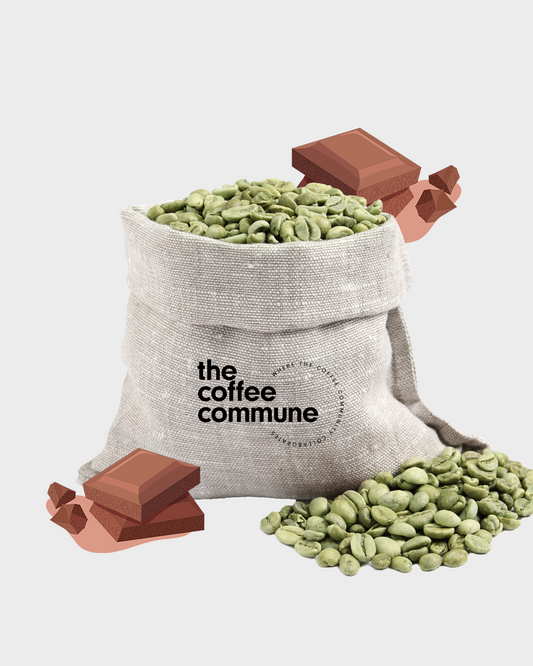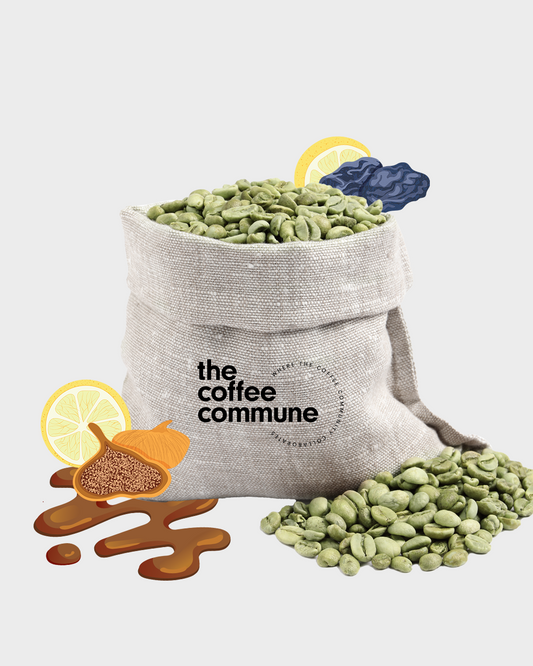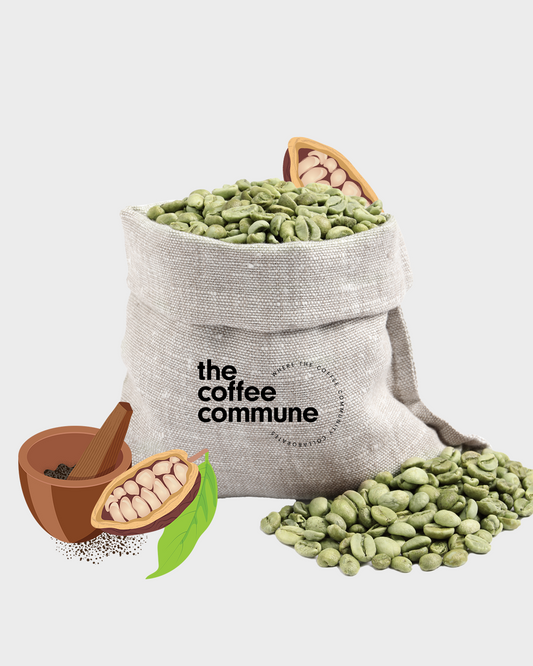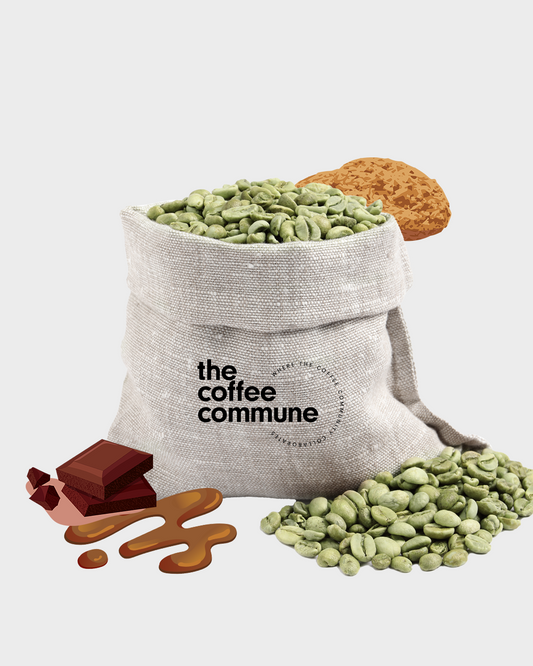Enhancing Sustainability in Coffee Bean Roasting: Creative Ideas for Green Coffee Bean Roasters
As the world becomes increasingly aware of the importance of sustainability, the coffee industry is also making strides to reduce its environmental impact. For those involved in roasting green coffee beans, there are several innovative ways to promote sustainability throughout the process. In this blog post, we’ll explore creative strategies for utilizing by-products from roasting, like chaff and coffee sacks, and offer tips for creating a more eco-friendly roasting operation.
Here at Private Coffee Collection we have been looking at ways to reduce our environmental footprint.
Understanding the Coffee Roasting Process
Roasting green coffee beans transforms them into the aromatic, flavorful beans we love. However, this process generates waste, including chaff—the thin, papery skin that separates from the beans during roasting. While this by-product is often discarded, it can be repurposed in various sustainable ways.
1. Repurposing Chaff
Chaff may seem like just an annoying by-product, but it can be an incredibly versatile material:
a. Pet Bedding
One of the most popular uses for chaff is as bedding for pets, particularly small animals like hamsters and guinea pigs. Chaff is lightweight, absorbent, and provides a natural alternative to synthetic bedding materials. Simply collect the chaff after roasting, and ensure it's free from any burnt particles before using it as bedding. Not only does this reduce waste, but it also creates a comfortable environment for your furry friends.
b. Composting
Chaff is also an excellent addition to compost piles. It’s rich in carbon and helps balance the nitrogen levels from kitchen scraps. Incorporating chaff into your compost can enhance the overall quality of the compost and support a healthier garden. Just remember to mix it well with green materials for optimal decomposition.
c. Mulching
If you have a garden, consider using chaff as mulch. It can help retain moisture in the soil, suppress weeds, and gradually decompose to improve soil quality. Spread a layer of chaff around your plants, ensuring it doesn’t touch the stems directly to avoid moisture retention that could lead to rot.
2. Creative Uses for Coffee Sacks
Coffee sacks, typically made from burlap, are another material often discarded after the beans are roasted. Instead of throwing them away, consider the following creative projects:
a. DIY Tote Bags
Transform old coffee sacks into stylish tote bags. With a few stitches, you can create a durable and unique bag for grocery shopping, beach trips, or everyday use. Not only will you be reducing waste, but you'll also have a conversation starter that showcases your commitment to sustainability.
b. Garden Planters
Coffee sacks can be repurposed as planters for your garden. Their breathable fabric allows for good drainage, making them ideal for growing herbs, vegetables, or even flowers. Simply fill the sack with potting soil and seeds or seedlings, and you'll have an eco-friendly garden that benefits from the natural fibers of the sack.
c. Rustic Home Décor
Use coffee sacks to create rustic home décor items. They can be fashioned into throw pillows, table runners, or wall art. With a little creativity, you can bring a touch of the coffee farm into your home while promoting a sustainable lifestyle.
d. Really Cool Stockings
Here at Private Coffee Collection we have been repurposing our sacks into Christmas stockings for the office.

Reducing waste is all about smart ways of reusing materials.
3. Sustainable Roasting Practices
Beyond repurposing by-products, there are additional practices to consider for a more sustainable roasting operation:
a. Energy Efficiency
Evaluate the energy efficiency of your roasting equipment. Consider upgrading to machines that use less energy or those powered by renewable energy sources. Additionally, maintain your equipment regularly to ensure it operates at peak efficiency, reducing unnecessary energy consumption.
b. Sourcing Responsibly
Choose green coffee beans from sustainable sources. By sourcing responsibly, you contribute to the welfare of farmers and the environment.
c. Waste Reduction
Implement a waste reduction strategy in your roasting operation. Track what you throw away and look for ways to minimize it. This could mean adjusting your roasting batches to better match demand or finding ways to sell or repurpose any excess roasted coffee.
4. Educating Your Customers
Share your sustainability initiatives with your customers. Educating them on how you minimize waste and use by-products can create a deeper connection and foster loyalty. Consider hosting workshops or classes that teach customers about sustainability in coffee, showcasing the steps you take to reduce your environmental footprint.
Conclusion
Improving sustainability in the roasting of green coffee beans involves not only reducing waste but also finding innovative ways to repurpose by-products. From using chaff for pet bedding and composting to creatively transforming coffee sacks into useful items, there are numerous opportunities for coffee roasters to make a positive impact on the environment. By implementing energy-efficient practices, sourcing responsibly, and engaging customers in your sustainability journey, you can create a roasting operation that respects both the planet and its people. Embrace these ideas, and you’ll contribute to a more sustainable coffee industry while inspiring others to follow suit.






